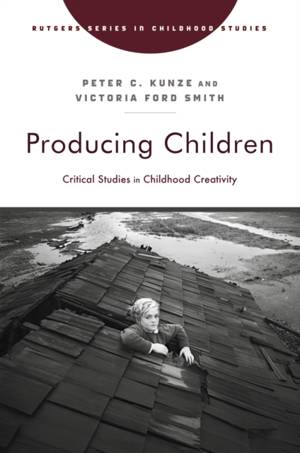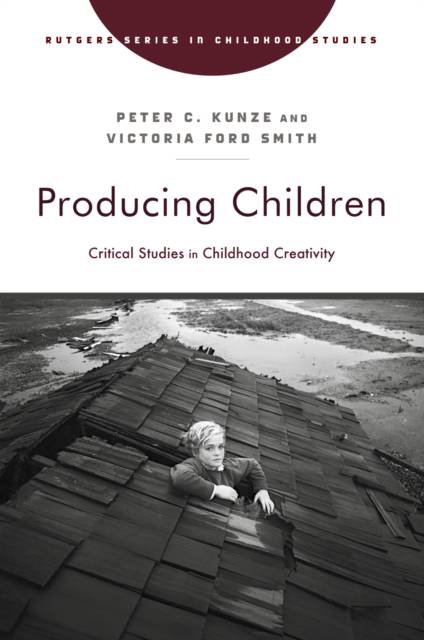
Bedankt voor het vertrouwen het afgelopen jaar! Om jou te bedanken bieden we GRATIS verzending (in België) aan op alles gedurende de hele maand januari.
- Afhalen na 1 uur in een winkel met voorraad
- In januari gratis thuislevering in België
- Ruim aanbod met 7 miljoen producten
Bedankt voor het vertrouwen het afgelopen jaar! Om jou te bedanken bieden we GRATIS verzending (in België) aan op alles gedurende de hele maand januari.
- Afhalen na 1 uur in een winkel met voorraad
- In januari gratis thuislevering in België
- Ruim aanbod met 7 miljoen producten
Zoeken
Producing Children
Critical Studies in Childhood Creativity
€ 51,95
+ 103 punten
Omschrijving
Producing Children imagines the possibility, indeed the inevitability, of a creative relation between children as producers and consumers by revising the long-established, hierarchical relation between adults and children. The chapters in this collection reveal that studying child-produced culture complicates our received understandings of children's culture as culture by adults, for children, about children. They also underscore "children's literature" as a cultural phenomenon that moves across and beyond genres, forms, and media. As a whole, this collection reveals that attention to child-produced culture invites dialogue and collaboration across fields and disciplines invested in the critical understanding of children as embodied beings and childhood as both a stage of development and discursive construct with social, political, economic, and cultural dimensions and influence. With the ongoing vibrancy of childhood studies as a multidisciplinary area of inquiry, studies of child-produced culture provide scholars with an exciting opportunity to complicate, enrich, and expand theorization of childhood creativity, children's culture, and even children themselves.
Specificaties
Betrokkenen
- Uitgeverij:
Inhoud
- Aantal bladzijden:
- 226
- Taal:
- Engels
- Reeks:
Eigenschappen
- Productcode (EAN):
- 9781978842311
- Verschijningsdatum:
- 15/04/2025
- Uitvoering:
- Paperback
- Formaat:
- Trade paperback (VS)
- Afmetingen:
- 155 mm x 239 mm
- Gewicht:
- 453 g

Alleen bij Standaard Boekhandel
+ 103 punten op je klantenkaart van Standaard Boekhandel
Beoordelingen
We publiceren alleen reviews die voldoen aan de voorwaarden voor reviews. Bekijk onze voorwaarden voor reviews.








